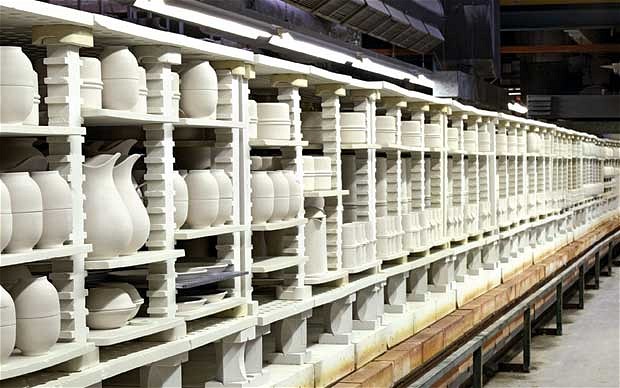Saturday, 13/12/2025 | 17:23 GMT+7
Processing technologies for fine ceramics have undergone further development through the adaptation of established machine technology to the specific tasks of the ceramic technology and its raw and processed materials. The reduction of the processing time of sanitary slurries from five days to a maximum of one day, achieved by using high-performance dispersing mixers, is one example. Another advantage is that fewer temporary additives are required and casting times are influenced positively.
The optimized preparation of color pigments for conversion into ceramic inks in ceramic-coated agitator bead mills has advanced the printing stability and lifetime of inks for digital tile decoration. As a result, cost reductions have become possible. The last few years have witnessed the introduction of digital tile decoration on a large scale. Meanwhile, more than 4,000 ink jet printers have been installed worldwide. Digital glazing, which is currently in the market launch phase, is the logical continuation of this trend. This procedure will contribute to the advancement of production on demand, which is independent from lot sizes. At the same time, it enables tile manufacturers to increase their level of individual customer orientation further.

In the field of forming technology, topics which were shown as a development trend at ceramitec as early as 20 years ago will be presented in a new way. For different reasons, they could not establish themselves on an industrial scale at that time. In the field of tableware production, for example, one of these topics is the use of injection molding to fabricate cups; another topic is the use of isostatic pressing technology for the production of washbasins. Meanwhile, there have been considerable achievements with respect to temporary additives, tool technology and production flexibility. Therefore, these topics can be presented with convincing cost efficiency today.
Development work in the field of thermal processes goes hand in hand with the perennial issue of energy efficiency. The drying of sanitary articles in continuous dryers with dryer guidance system and the integration into the logistics processes of the production plant, for example, represent a new way of efficient sanitary production. Energy management systems of kiln manufacturers have helped achieve energy savings of nearly 50% over the past 10 years. In ceramics production, thermal processes require the greatest quantities of energy. Meanwhile, however, it is the current practice to analyze all steps of the process chain and each machine carefully with a view to energy requirements in order to exploit the full optimization potentialities.
Truong Duy








 Enhancing capacity to develop and implement energy efficiency policies at local level
Enhancing capacity to develop and implement energy efficiency policies at local level
 Bosch Vietnam Plant Benefits from Investment in Energy Efficiency
Bosch Vietnam Plant Benefits from Investment in Energy Efficiency
 Webinar 2: “Financial Support for Energy Efficiency Enterprises – Opportunities and Challenges”
Webinar 2: “Financial Support for Energy Efficiency Enterprises – Opportunities and Challenges”
 Vietnamese enterprises achieve green growth and cut costs through energy efficiency
Vietnamese enterprises achieve green growth and cut costs through energy efficiency
 Promoting Energy Efficiency for Technical Staff of Brick and Ceramic Sector
Promoting Energy Efficiency for Technical Staff of Brick and Ceramic Sector
 Capacity Building for Program Implementing Entity
Capacity Building for Program Implementing Entity
 Enhance Energy Efficiency Knowledge for Managers of Cement Industrial Enterprises
Enhance Energy Efficiency Knowledge for Managers of Cement Industrial Enterprises